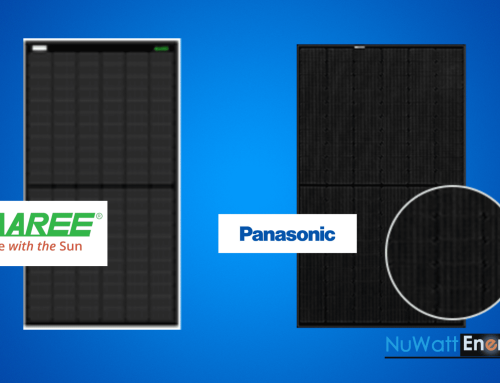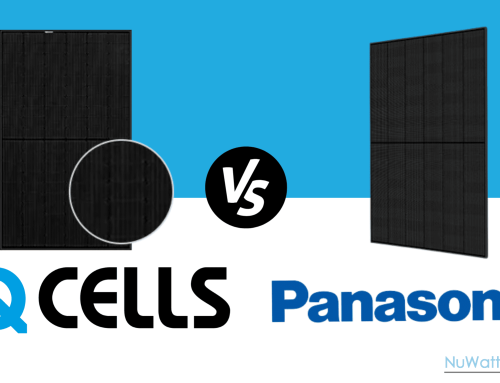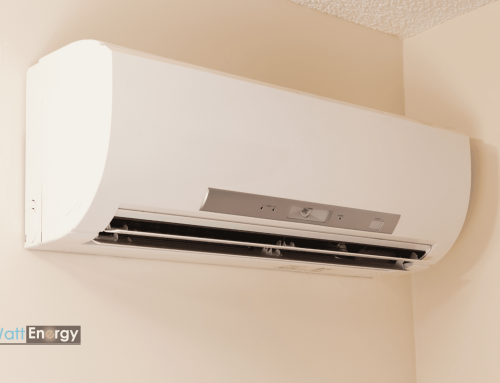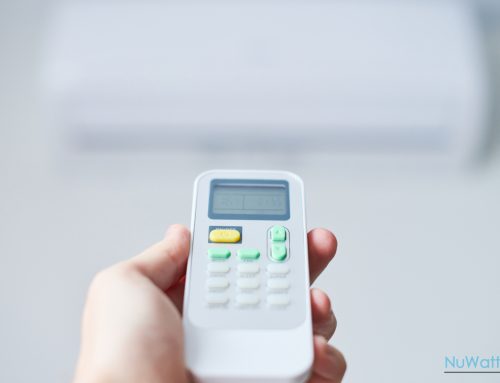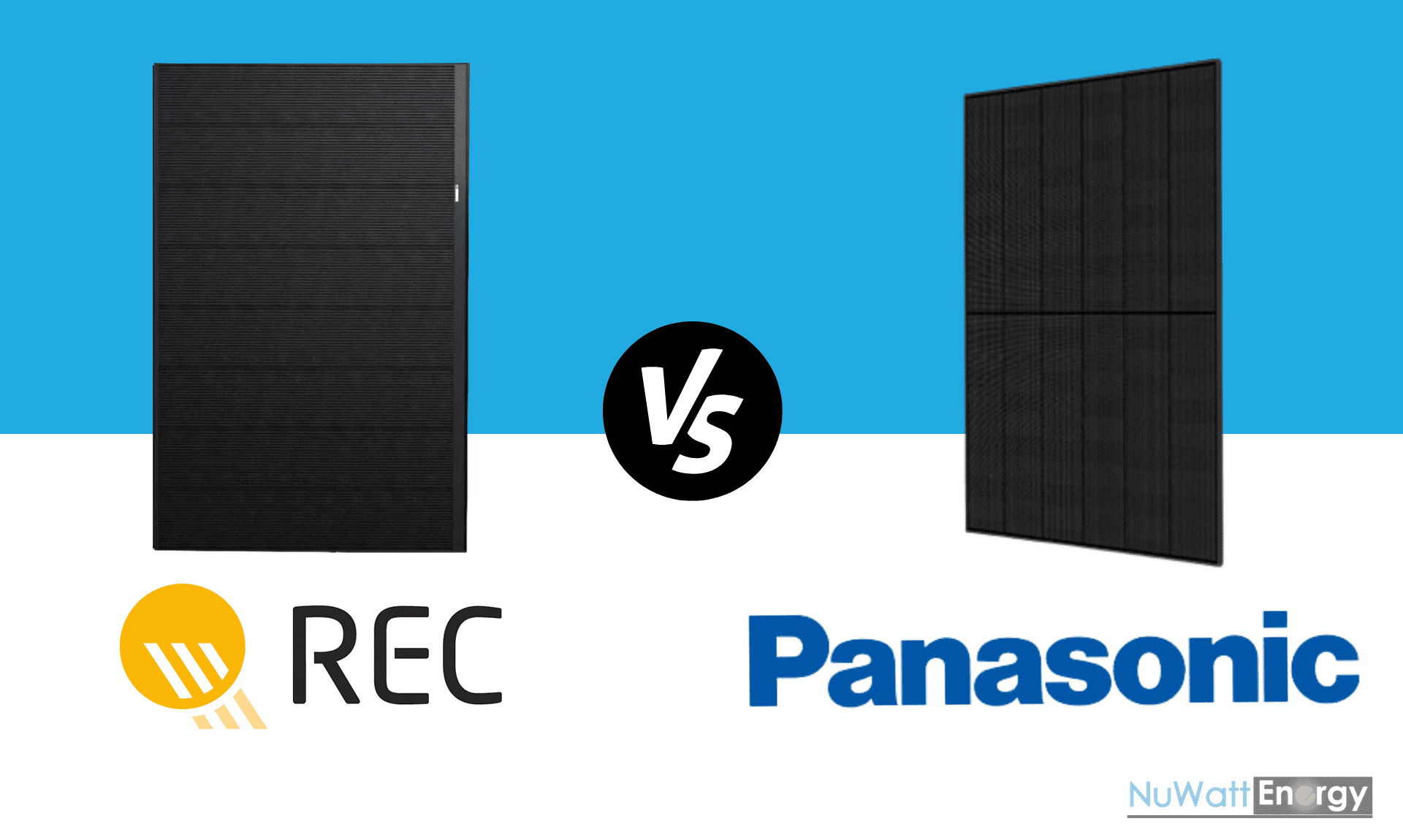
Panasonic EVPV430 vs. REC460: Comprehensive Solar Panel Comparison for 2024
Introduction
Choosing the right solar panel is crucial for maximizing energy efficiency and ensuring a sustainable energy solution for your home or business. In this comprehensive comparison, we delve into two leading solar panels in the market: the Panasonic EVPV430 and the REC460. By analyzing their key specifications, performance metrics, and overall value, we aim to help you make an informed decision tailored to your energy needs.
Key Specifications Comparison
| Specification | Panasonic EVPV430 | REC460 | Better Panel |
|---|---|---|---|
| Power Output (W) | 430 | 460 | REC460 |
| Efficiency (%) | 22.2% | 22.1% | Panasonic EVPV430 |
| Temperature Coefficient (%/°C) | -0.24% | -0.24 % | Draw |
| Warranty | AllGuard 25 Years* | 25 Years | Panasonic EVPV430 |
| Dimensions (mm) | 1865 x 1040 x 30 | 1728 x 1205 x 30 | Panasonic EVPV430 |
| Durability | Up to 5400 Pa | Up to 5400 Pa | Draw |
| Cell Technology | HIT (Heterojunction with Intrinsic Thin layer) | N-Type Mono PERC | Panasonic EVPV430 |
| Space Efficiency | High due to higher efficiency | High | Panasonic EVPV430 |
| Aesthetics | Black backsheet with sleek design | Black frame with uniform appearance | Draw |
Performance Metrics
When evaluating solar panels, performance metrics such as power output, efficiency, and temperature coefficient play pivotal roles in determining the panel's suitability for specific environments and energy requirements.
Power Output
The REC460 leads with a higher power output of 460W compared to Panasonic’s 430W. This higher wattage means more energy generation capacity, which can be advantageous for larger installations or areas with limited roof space.
Efficiency
Efficiency determines how effectively a panel converts sunlight into usable electricity. The REC460 boasts a slightly higher efficiency of 22.1% over the Panasonic EVPV430’s 22.2%. While the difference is marginal, in large-scale installations, this can translate to significant energy gains.
Temperature Coefficient
A lower temperature coefficient indicates better performance in high-temperature environments. The REC460 has a temperature coefficient of -0.26%/°C, slightly better than the Panasonic’s -0.26%/°C. This means both REC460 and Panasonic EVPV 430 are great for hot and cold climates.
Durability and Warranty
Both Panasonic EVPV430 and REC460 panels come with robust warranties of 25 years, ensuring long-term reliability and performance. Durability is equally matched, with both panels rated to withstand up to 5400 Pa of wind pressure, making them resilient against harsh weather conditions. efficiency as temperatures rise, making them more suitable for hot climates. Panasonic offers an unparalleled great comprehensive AllGuard warranty that covers panels, inverters and racking system for 25 years.
Cell Technology and Innovation
Cell technology significantly impacts the efficiency and overall performance of solar panels. Panasonic utilizes HIT (Heterojunction with Intrinsic Thin layer) technology, known for its superior temperature coefficients and low-light performance. On the other hand, REC460 employs N-Type Mono PERC technology, which enhances efficiency and reduces energy loss.
While both technologies are advanced, Panasonic’s HIT technology offers exceptional performance in varied lighting conditions, potentially giving it an edge in environments with fluctuating sunlight.
Installation and Aesthetics
Space efficiency and aesthetics are crucial for residential installations. The Panasonic EVPV430’s higher efficiency allows for more energy generation in a smaller area, making it ideal for rooftops with limited space. Additionally, its black backsheet provides a sleek and modern look, enhancing the overall appearance of your property.
The REC460 also offers high space efficiency and a uniform black frame, but Panasonic’s slight advantage in efficiency and design may appeal more to homeowners prioritizing both performance and aesthetics.
Cost Analysis
While initial costs can vary based on suppliers and installation requirements, the higher power output and efficiency of the Panasonic EVPV430 may offer better return on investment in the long run due to its higher efficiency and advanced HIT technology and aesthetic appeal which could justify a slightly higher upfront cost for those valuing these features.
Environmental Impact
Both panels are designed with sustainability in mind, using recyclable materials and manufacturing processes that minimize environmental footprint. The choice between the two may come down to the specific environmental standards you prioritize.
Which Panel is Better?
Both the Panasonic EVPV430 and REC460 are exceptional solar panels, each with its unique strengths. The REC460 edges out with higher power output, making it a strong contender for those seeking maximum energy production and performance in hot climates.
Conversely, the Panasonic EVPV430 shines with its advanced HIT technology and superior aesthetics, offering excellent performance in varied lighting conditions and a sleek appearance ideal for residential installations with limited space.
Your choice should ultimately align with your specific energy needs, installation environment, and aesthetic preferences. Both panels offer robust warranties (with an edge to Panasonic's due to the AllGuard warranty) and durability, ensuring a reliable and sustainable energy solution for years to come.
